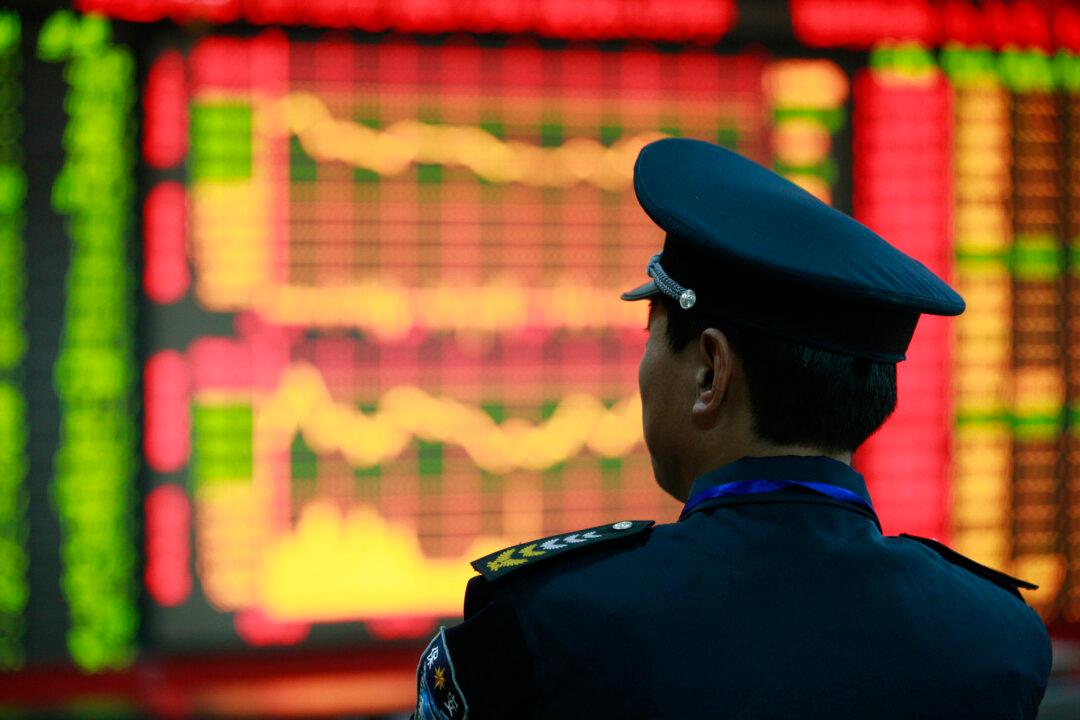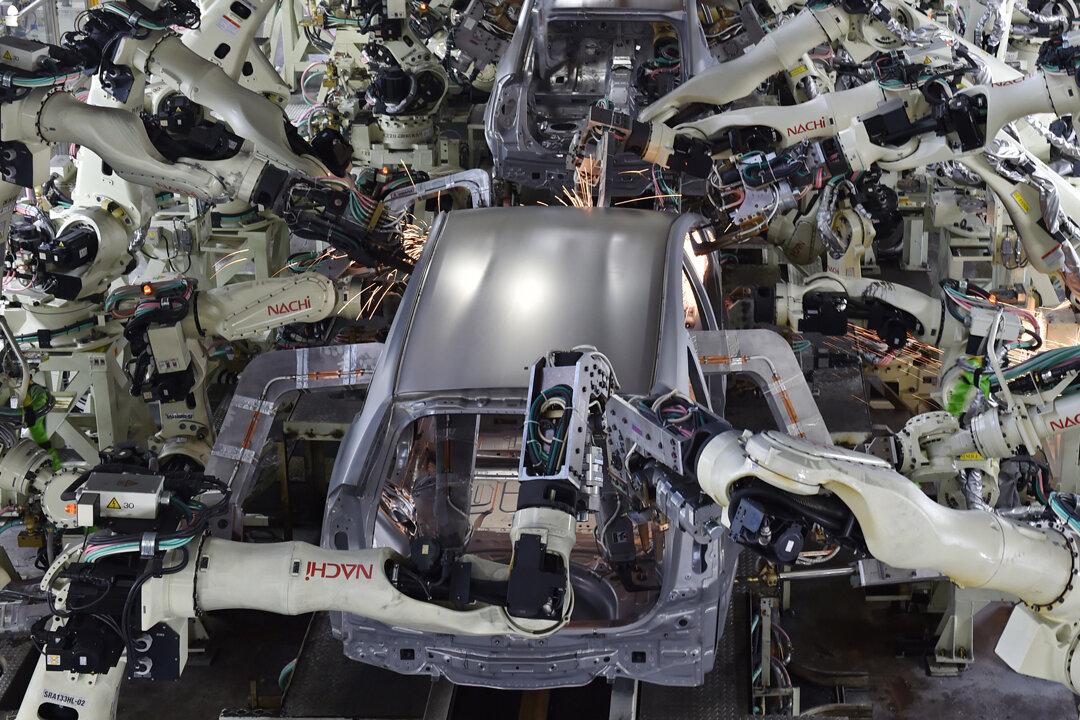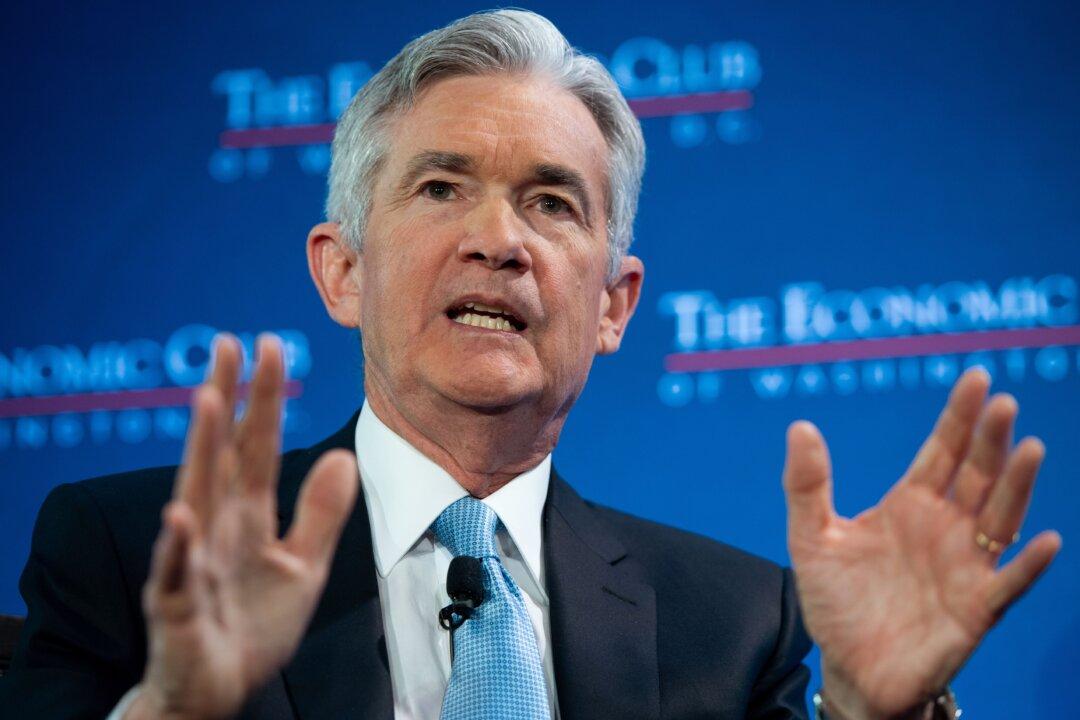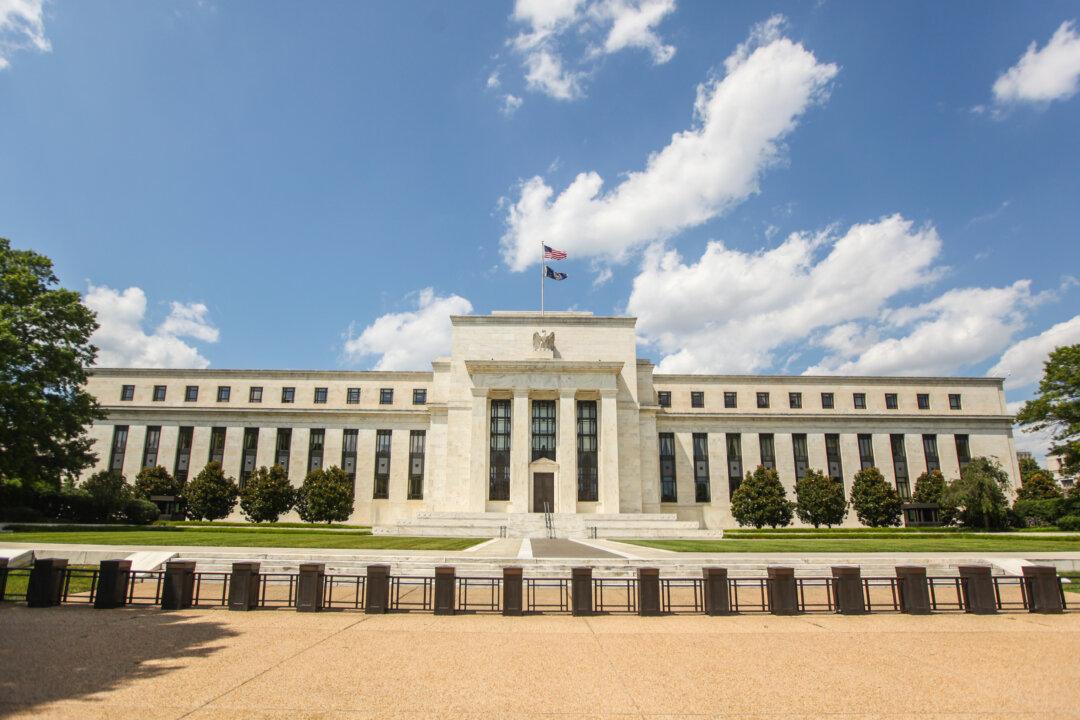When things don’t quite go according to plan, central planners often resort to an old trick: Talk about potential stimulus.
If all goes well, the talk is enough to convince markets, and the actual stimulus needed will be very little. But talk is cheap.
For China, things aren’t really going according to plan at this moment. So far this year, GDP growth dipped to 7.3 percent, the lowest in two decades, and a variety of economic indicators like industrial production, retail sales, and fixed asset investments came in below expectations.
So in good old-fashioned bureaucratic speech, Chinese Premier Li Keqiang promised markets to “step up our targeted macroeconomic regulation,” if needed and “We still have a host of policy instruments at our disposal.”
This promise comes after the People’s Bank of China (PBOC) had already lowered interest rates twice over the last couple of months and the country revised down its GDP growth target for the year to 7 percent.
The stock market duly rallied more than 2 percent in Shanghai, but the following questions remain when one wants to understand China’s stimulus plans: What have they already done, why are they really doing it, and what can they actually do.
What Have They Done Already?
There are two sectors where central planners can stimulate. The first is fiscal, the second monetary. After spending $640 billion in the wake of the financial crisis of 2008, measures on the fiscal front have been rather quiet, although there has been some activity of late.
The preferred mechanism used recently was monetary stimulus in the form of $160 billion in “pledged supplementary lending” to the China Development Bank in July 2014, which usually splurges on large infrastructure projects, such as the Three Gorges Dam. Of course, there won’t be another dam on the Yangtze River, but the money will find its way into the economy anyhow.
The PBOC then extended $80 billion in short-term lending to smaller banks in September and stocks were off to the races, rising 50 percent over six months. This rather small easing package signaled an accommodative policy stance to traders who ramped up their margin speculation.
The Shanghai Composite Index:
For good measure and also to support margin trading and the origination of new loans, the PBOC also lowered its required reserve ratio.
Why Are They Doing It?
There are a couple of considerations for China to tweak its economic performance. First of all, Chinese stocks underperformed on the S&P 500 for the last five years by a whopping 63 percent, so pushing in liquidity and encouraging margin trading was a simple fix for that. After all, if the Fed can do it, so can the PBOC.






